
Guide to Buying an Electric Trike
For anyone with mobility concerns or limited biking experience, an electric trike can be a game-changer, providing independence, eco-friendly commuting, and accessibility. This guide will cover practical considerations for anyone thinking about an eTrike.
Who is an Electric Trike Suitable For?
An electric trike is ideal for anyone who wants a stable, easy-going ride. With a three-wheel design and a low step-through frame, it’s designed to feel steady and accessible, especially for those who may not feel entirely comfortable on a traditional bike. This makes it a great option for older adults or anyone with balance or mobility concerns.
The added cargo space is another big plus—you’ll usually find a large rear basket that’s perfect for running errands, picking up groceries, or even bringing along a small pet. If your area is mostly flat, an electric trike is a practical and enjoyable way to get around locally, offering both comfort and the chance to stay active without the demands of a standard two-wheeler.
Key Differences Between Riding ETrike and Ebike
Riding an electric trike feels different from riding a two-wheeled electric bike, and it’s essential to be prepared for that unique experience. If you’re used to a bike, hopping on a trike may take a little getting used to.
On a two-wheeler, you’d lean into a turn, guiding the bike through at a fair speed. With a trike, you’ll actually want to lean away from the turn and slow down quite a bit to keep the ride stable. It may feel unusual at first, but with time, adjusting your body weight and controlling the pace through turns will feel much more natural.
Remember that adapting to a trike isn’t instant. Many adults find it a bit odd at first, especially if they’ve spent most of their lives on two wheels. So, give yourself the space and time to adjust, much like when learning to drive a car or trying out any new activity. As you practice, the movements will soon become second nature, giving you the stability and confidence to fully enjoy the unique ride only a trike can offer.
Trikes extra wheel and frame structure make them heavier, which means they gain momentum quickly downhill. This requires a different braking strategy—gradual, steady braking throughout the descent is essential for maintaining control. Accelerating on a trike also has a distinct feel due to the increased weight and road contact. While it might take a bit more effort to get going, the electric assist makes acceleration smoother and easier.Once you get a feel for it, you’ll find that steady, reliable pace that’s perfect for triking.
Understanding Key Considerations for eTrikes
1. Stability and Balance Support
For someone with balance issues, a true step-through frame is essential. This type of frame allows for easy mounting and dismounting, minimizing the risk of falls. Additionally, for riders with limited flexibility or joint pain, a low step-through design removes the need for high leg lifting, which is especially useful when stopping at intersections or during sudden stops.
eTrikes often come with a wider rear base for added stability, but it’s important to ensure the width isn’t too cumbersome for tight spaces or shared paths. Wider tires also improve grip, making the ride more stable, though they can increase battery consumption due to higher rolling resistance.
2. Comfort and Ergonomics
Comfort is key for those who may have physical limitations or limited cycling experience. Adjustable seats with back support and wide, padded seats help ensure long-term comfort, especially for riders who may not have ridden in years. Ergonomic handlebars, ideally allowing for an upright riding position, reduce strain on the arms, shoulders, and back. Choosing handlebars that extend toward the rider can support a more natural, relaxed posture.
Suspension on an eTrike is also essential for a smoother ride on uneven paths or minor hills. In addition to suspension, tire thickness and type can further enhance comfort, as thicker tires absorb more shock, making them ideal for off-road use.
3. Ease of Use and Power Assistance
For those with limited leg strength, pedal-assist functionality is crucial. eTrikes generally offer multiple levels of pedal assistance, allowing riders to customize the power based on their needs. A throttle feature, available in twist or thumb styles, allows riders to move without pedaling, providing added convenience when starting from a stop or navigating inclines. This feature can be especially useful for beginners, as it makes getting the trike moving from a complete stop easier.
Motors between 250W and 750W are typically adequate for gentle inclines and varying terrains, offering sufficient power without overwhelming new riders. Ensuring the motor system operates smoothly and intuitively is essential for a comfortable riding experience, especially when adjusting power levels.
4. Battery Range and Charging
Battery capacity on an eTrike generally ranges from 10Ah to 30Ah. For flat-terrain rides, a smaller battery can be sufficient, but larger batteries are advisable for long rides or hilly areas. Additionally, heavier riders or those who frequently use the throttle will experience faster battery drain compared to those relying on pedal-assist.
An eTrike with a range of at least 20-30 miles per charge is recommended for most recreational or commuting needs. Removable batteries add convenience for indoor charging, particularly helpful for riders without a garage or outdoor charging setup.
5. Reverse Functionality
One often overlooked but essential feature in an eTrike is the reverse function. For individuals with mobility challenges or conditions like MS fatigue, being able to reverse without having to dismount and manually reposition the trike is invaluable. Without reverse, backing up often requires getting off the trike, which can be physically demanding and frustrating for those with limited mobility or strength.
Reverse capability allows for easy maneuvering in tight spaces or when you need to change direction, significantly reducing the physical effort required during a ride. It also enhances safety, helping to avoid awkward situations where turning around might risk losing balance or tipping over. For riders with physical limitations, a reverse feature is more than a convenience—it's a must-have for ensuring ease of use and preventing unnecessary strain.
6. Tire Size and Type
Tire size plays a crucial role in the handling and comfort of an eTrike. Smaller tires tend to bring the trike closer to the ground, helping to lower its center of gravity and enhance overall stability. This makes them especially suitable for navigating tighter spaces and provides better control when stopping suddenly, ideal for urban commutes and smoother surfaces.
Larger tires, however, excel at absorbing bumps, which provides a smoother ride on uneven terrain. Their wider surface also offers improved traction, making them well-suited for off-road or mixed-terrain conditions. Although larger tires can increase stability and comfort on rough surfaces, they may also slightly increase power consumption due to greater road contact.
Selecting the right tire size depends on your riding needs: smaller tires offer more stability and control in urban environments, while larger tires provide comfort and traction over varied terrains.
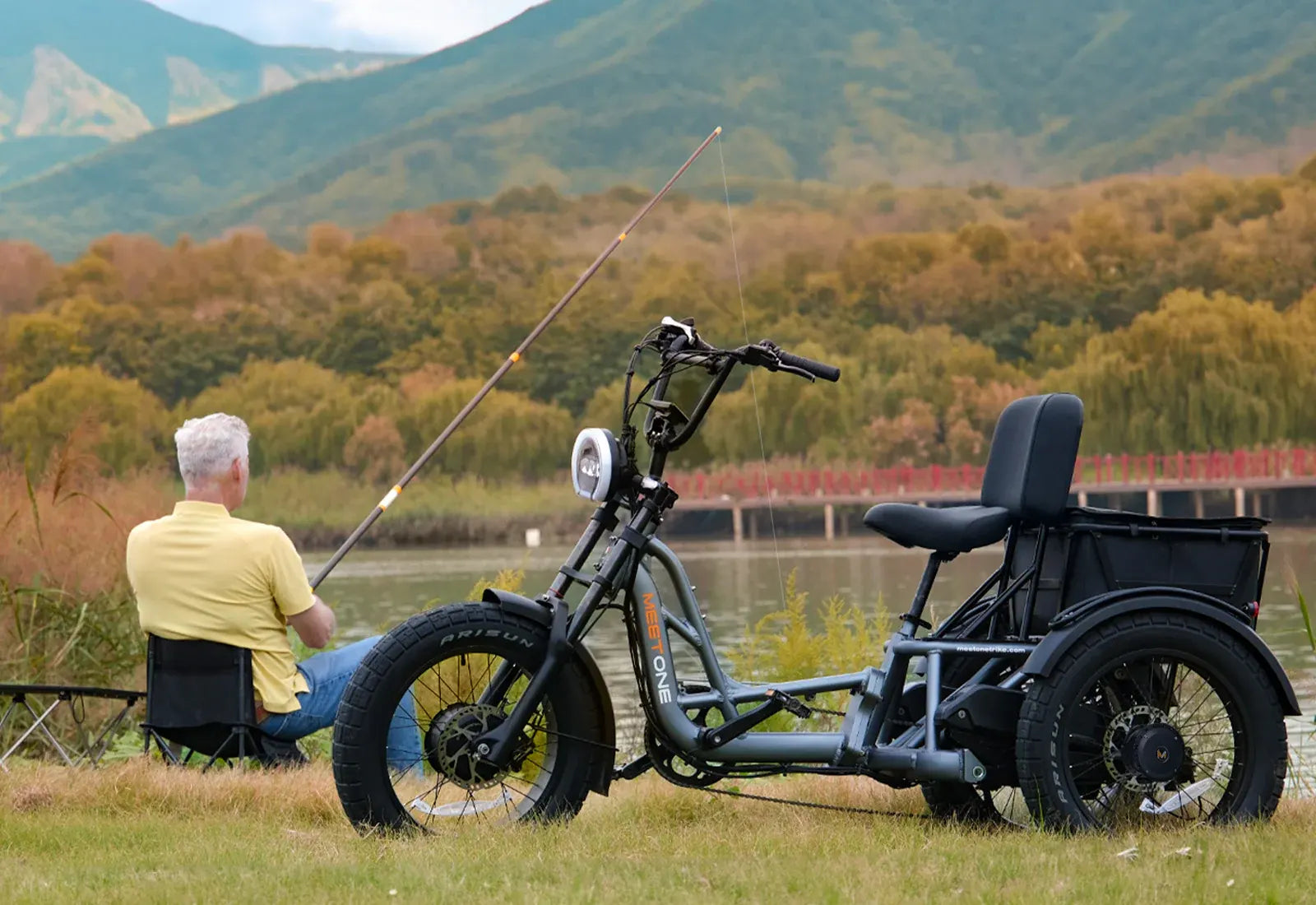
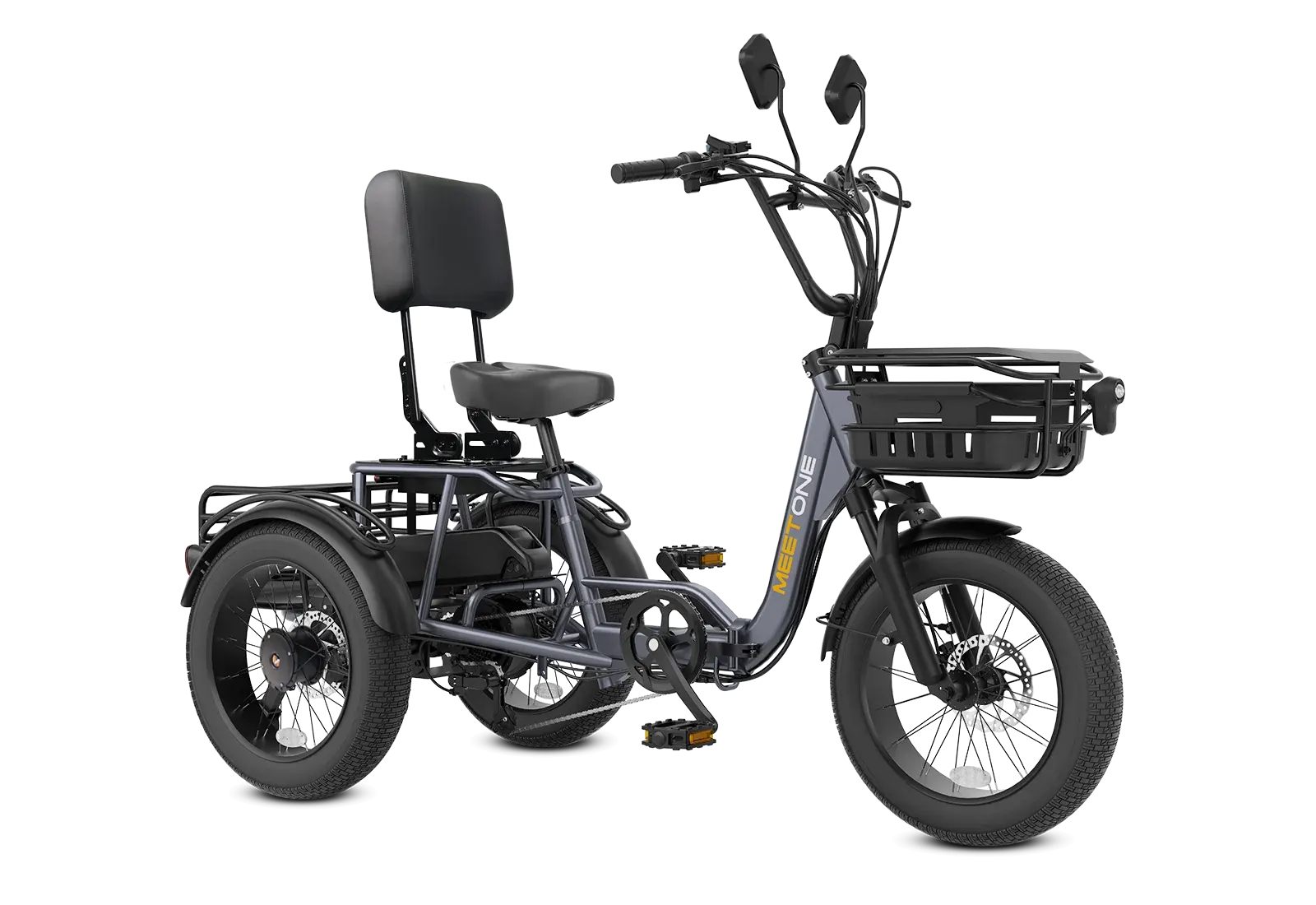
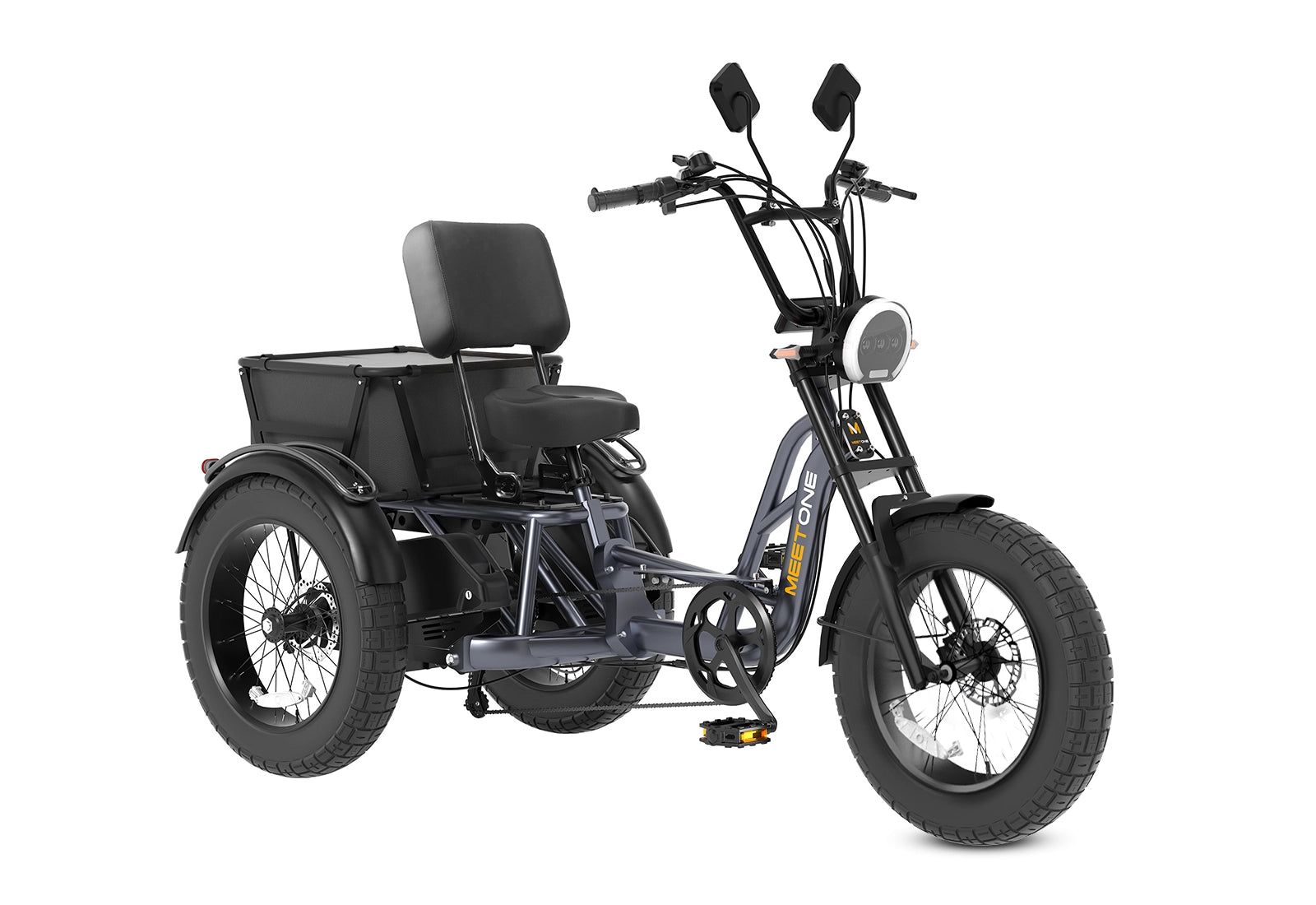
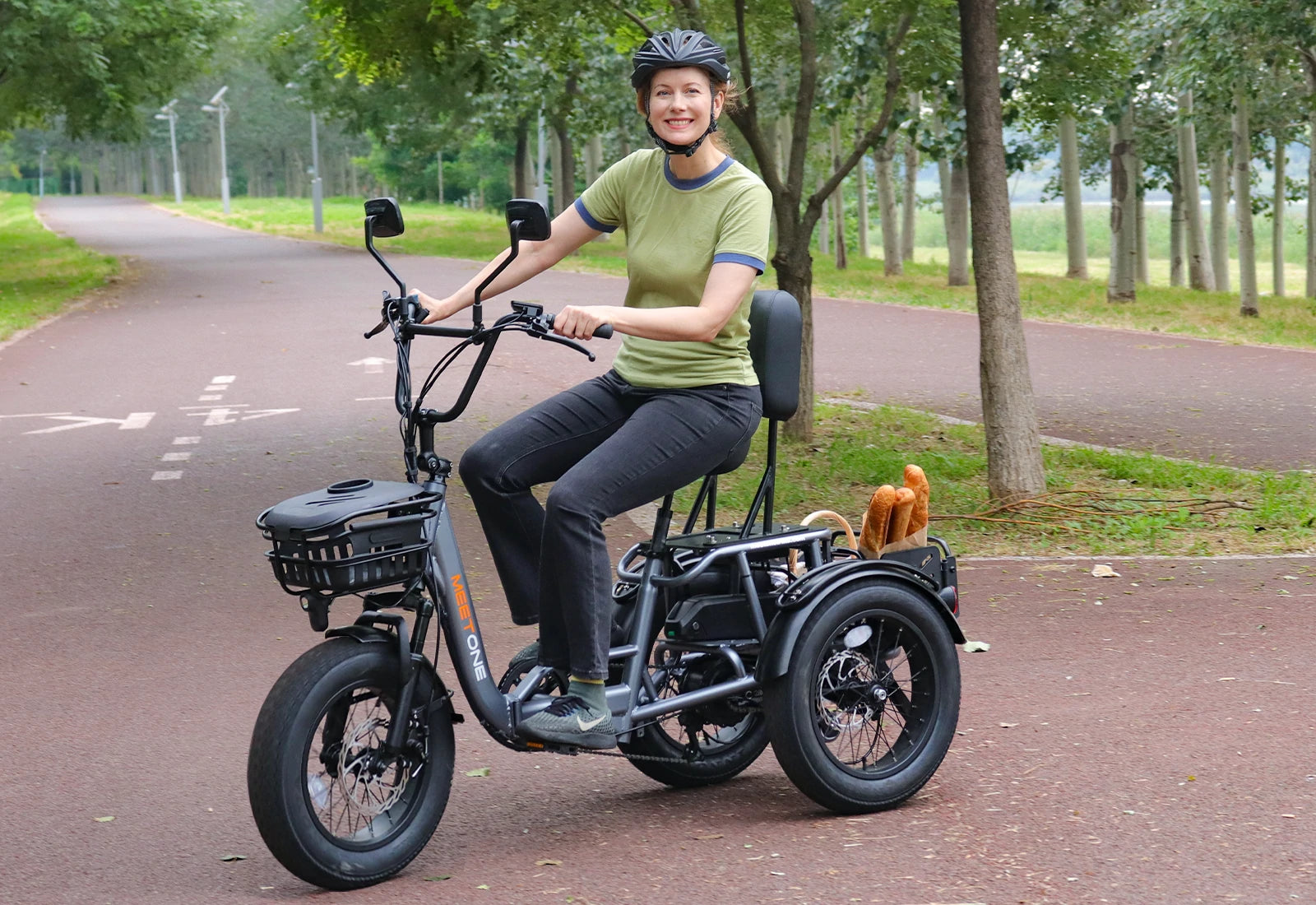

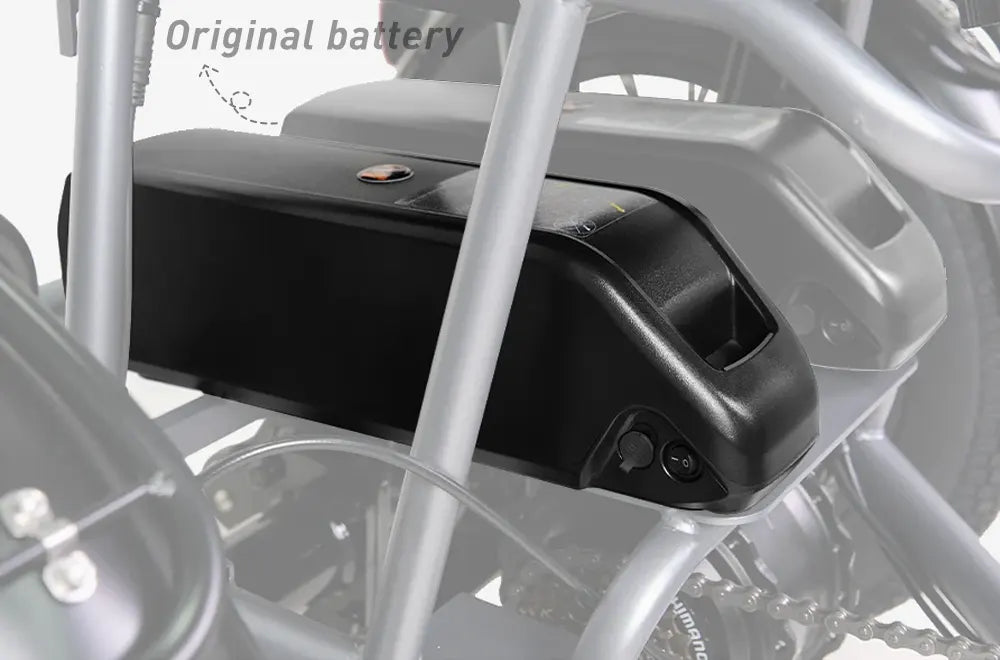
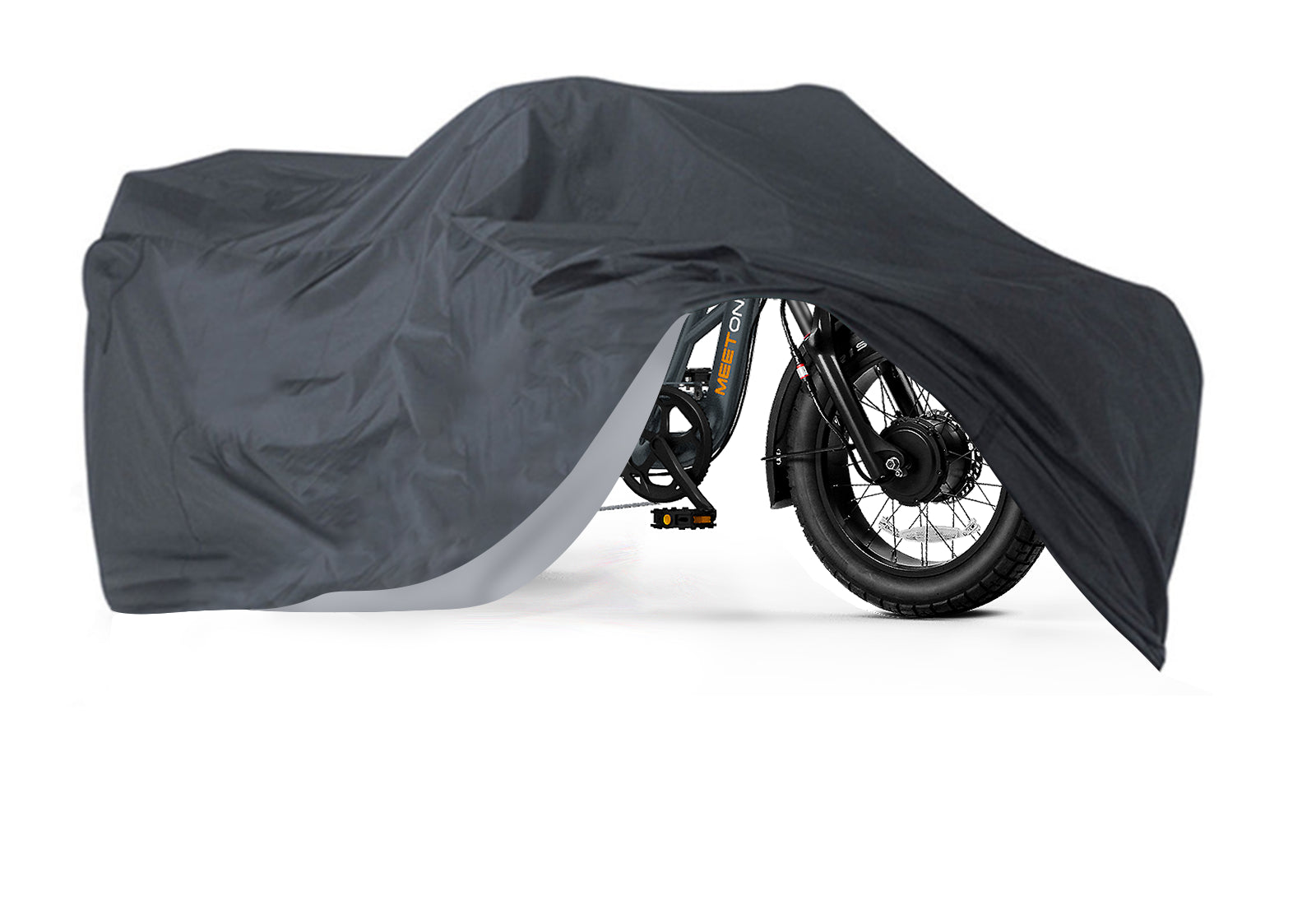
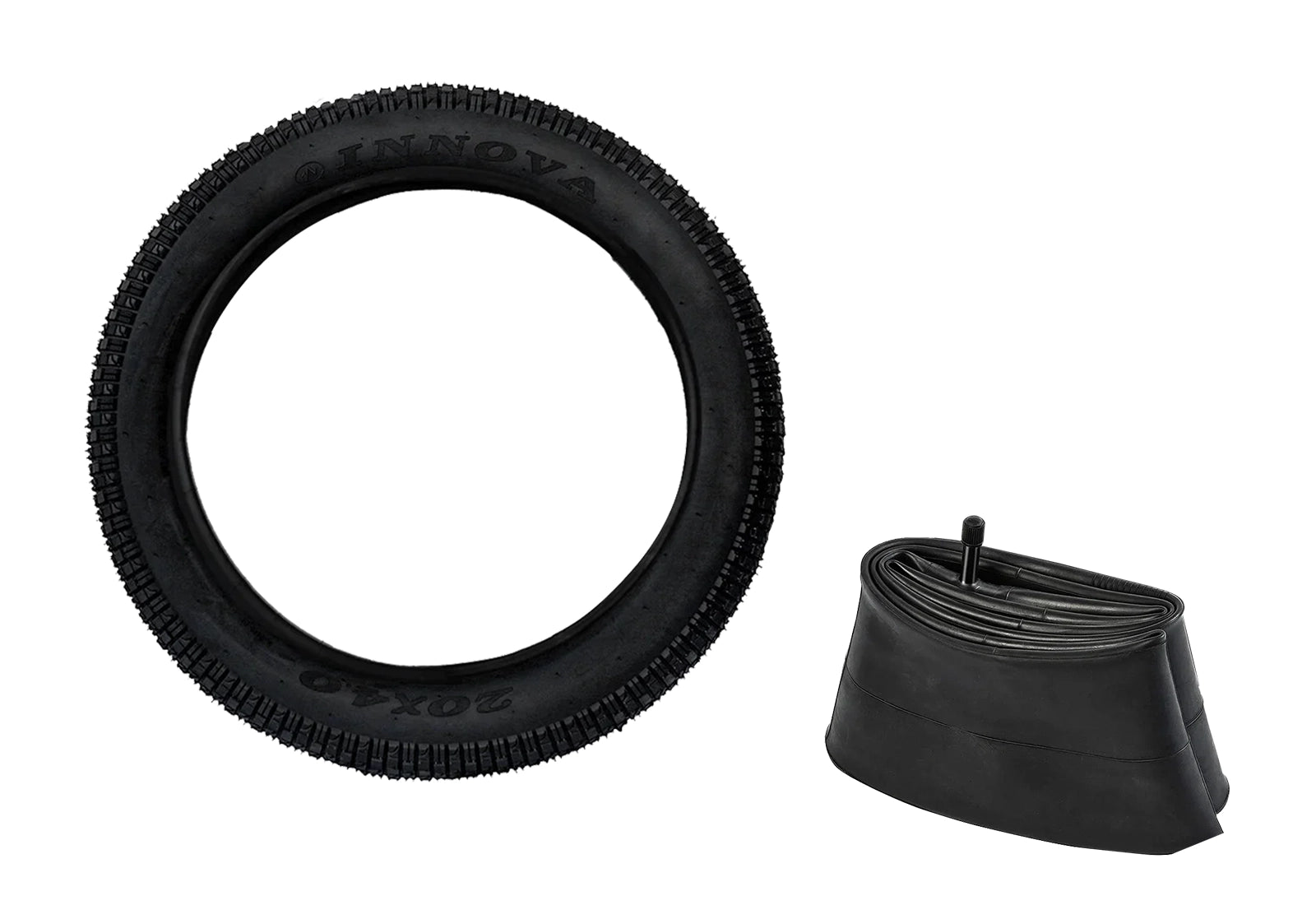
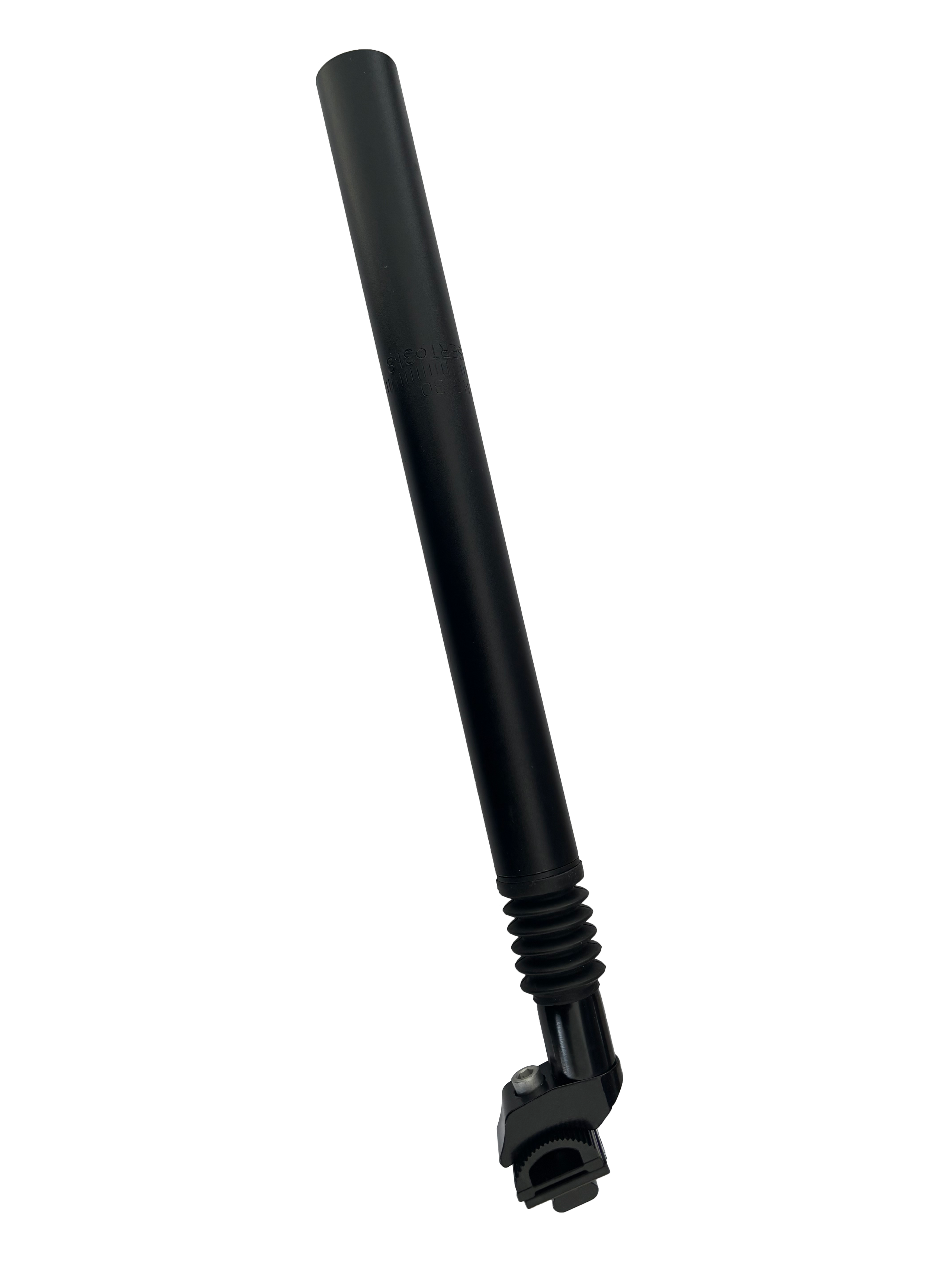
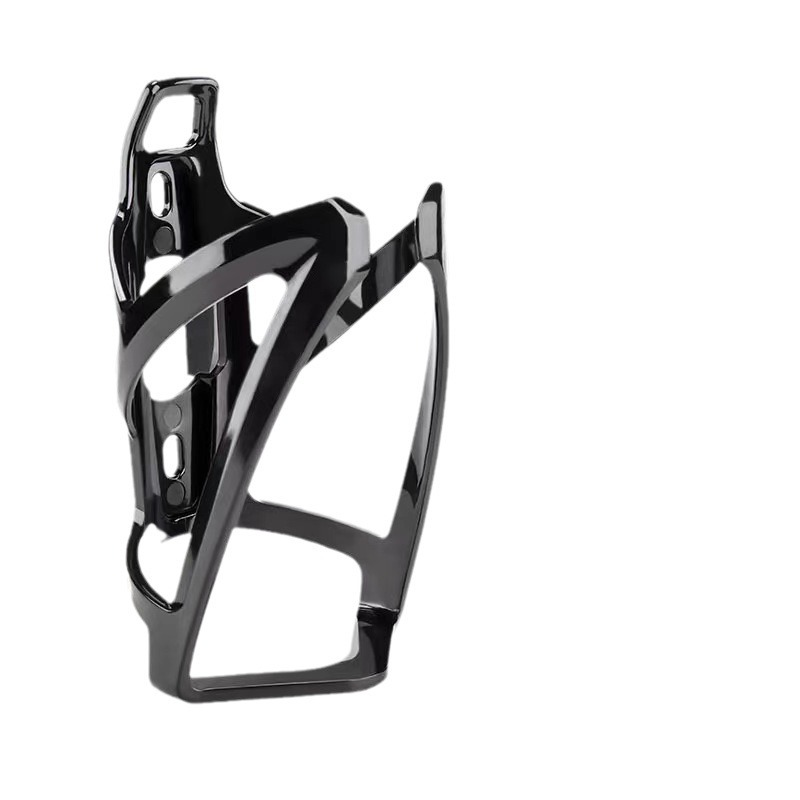
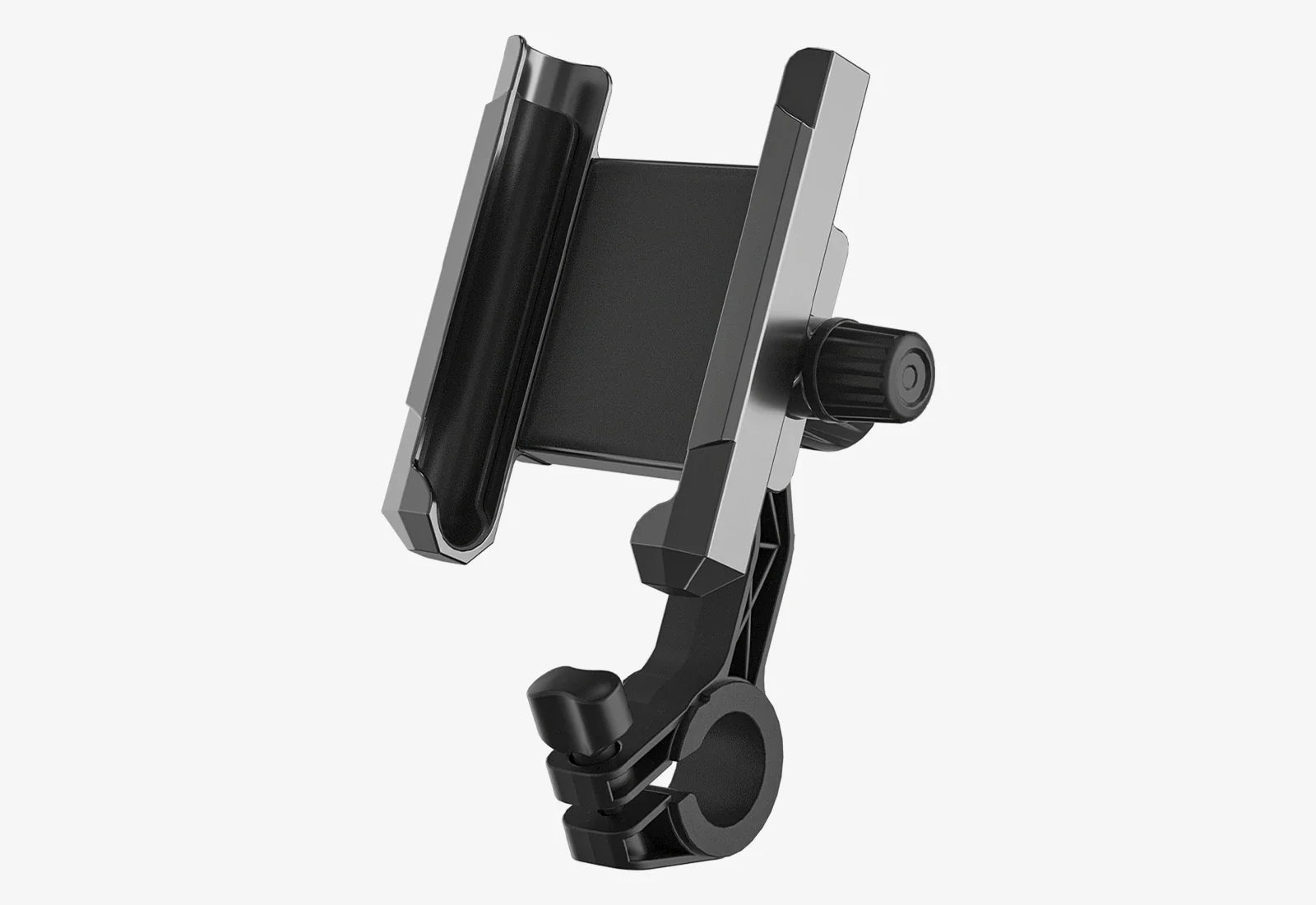
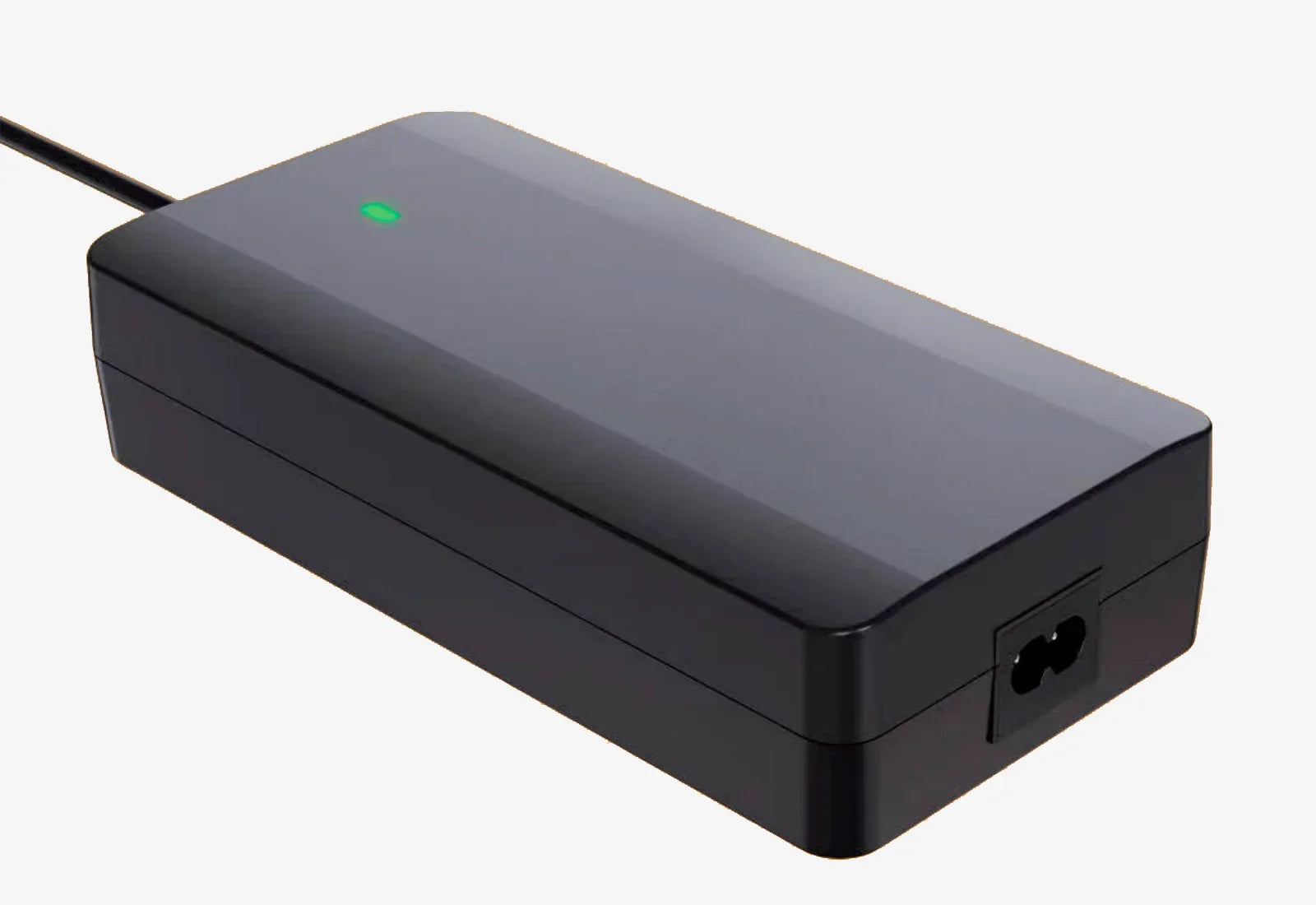
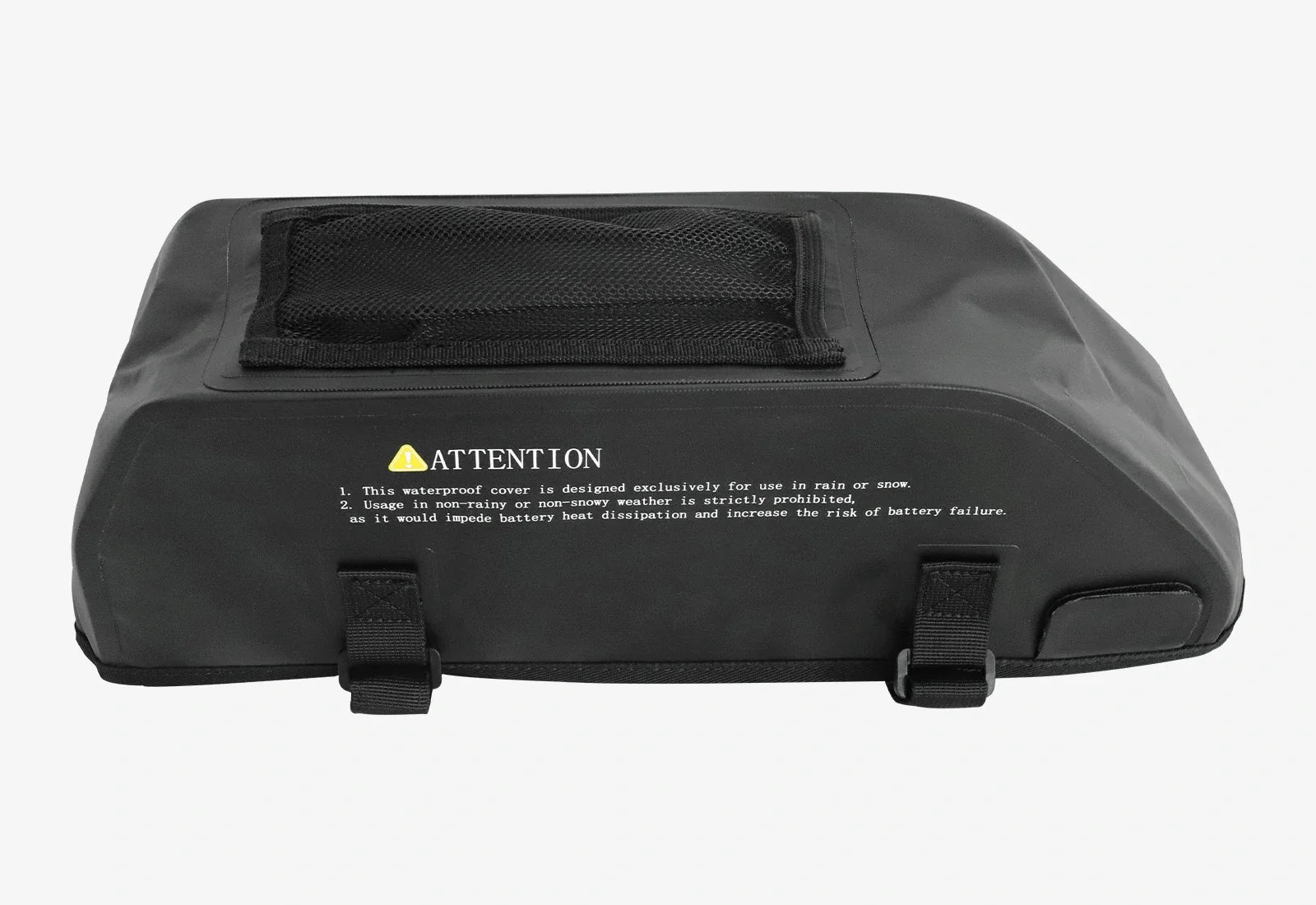
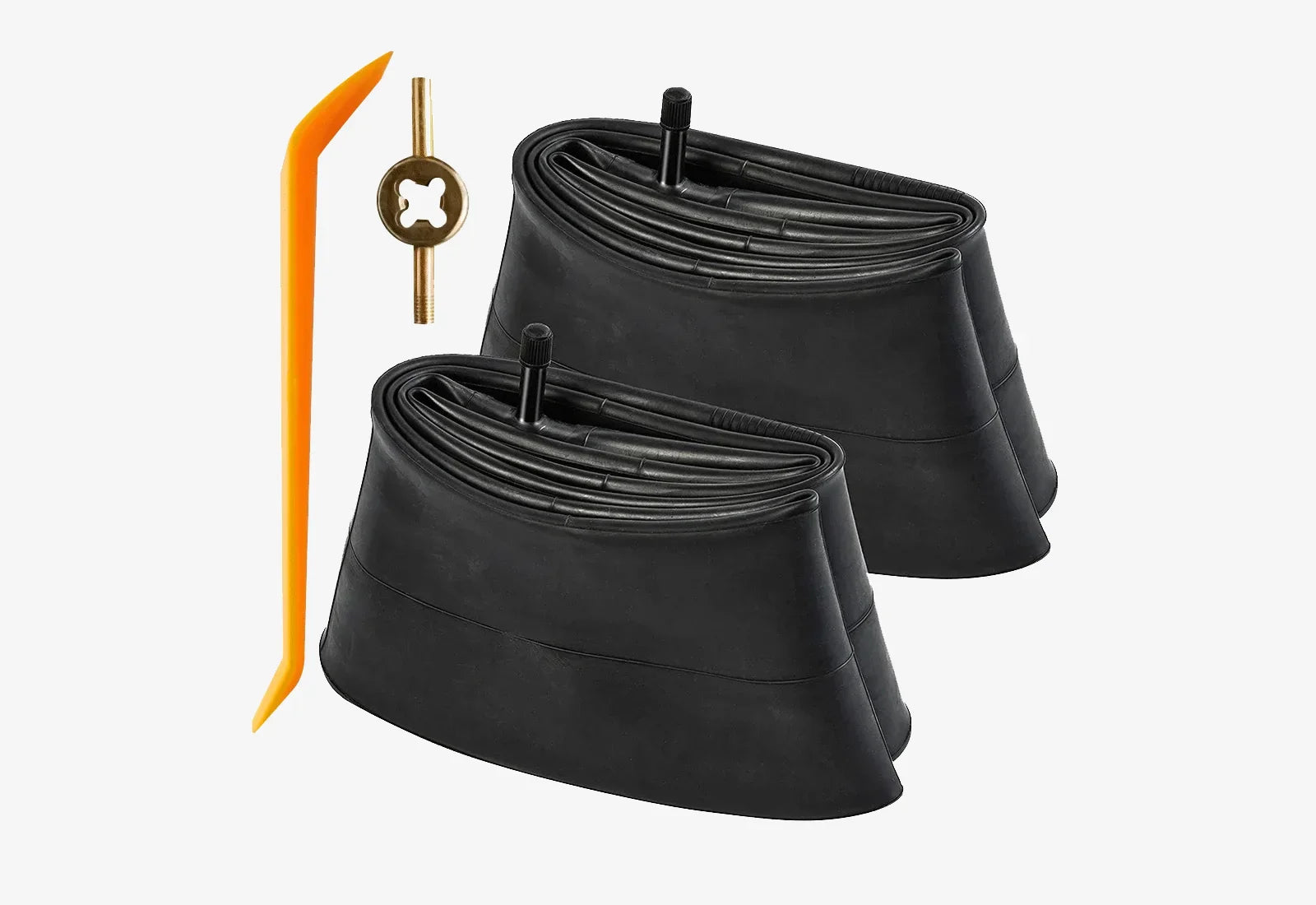
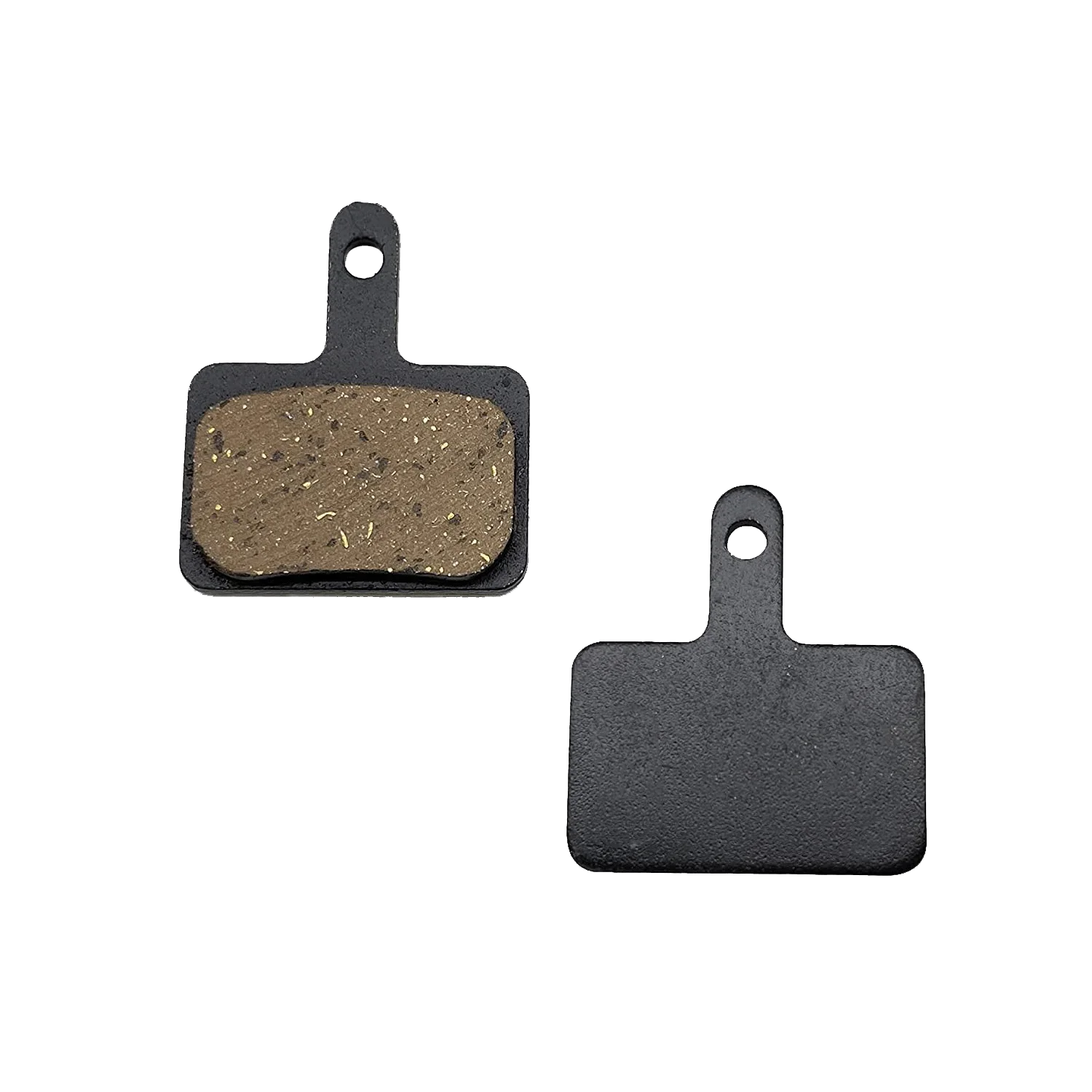
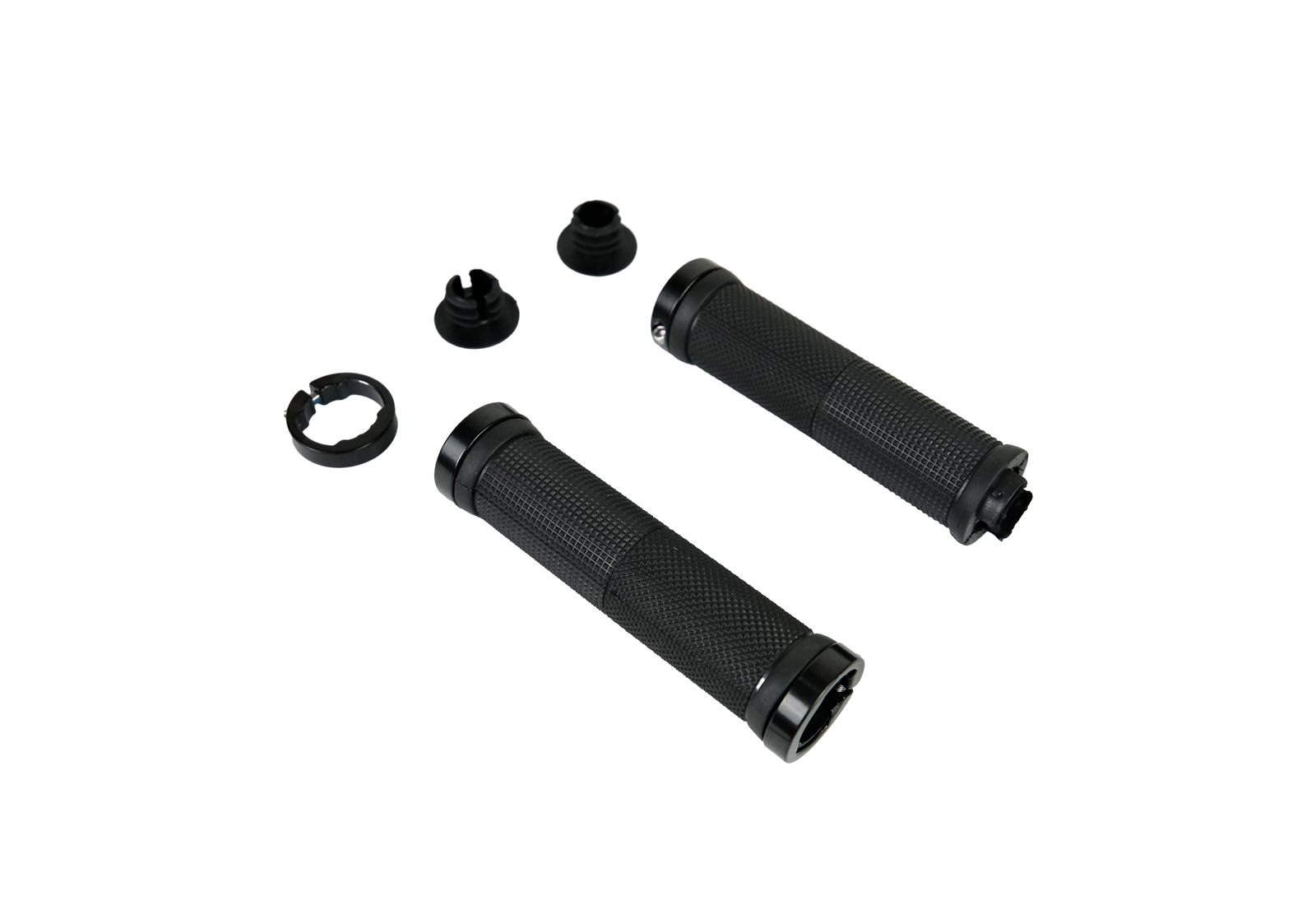

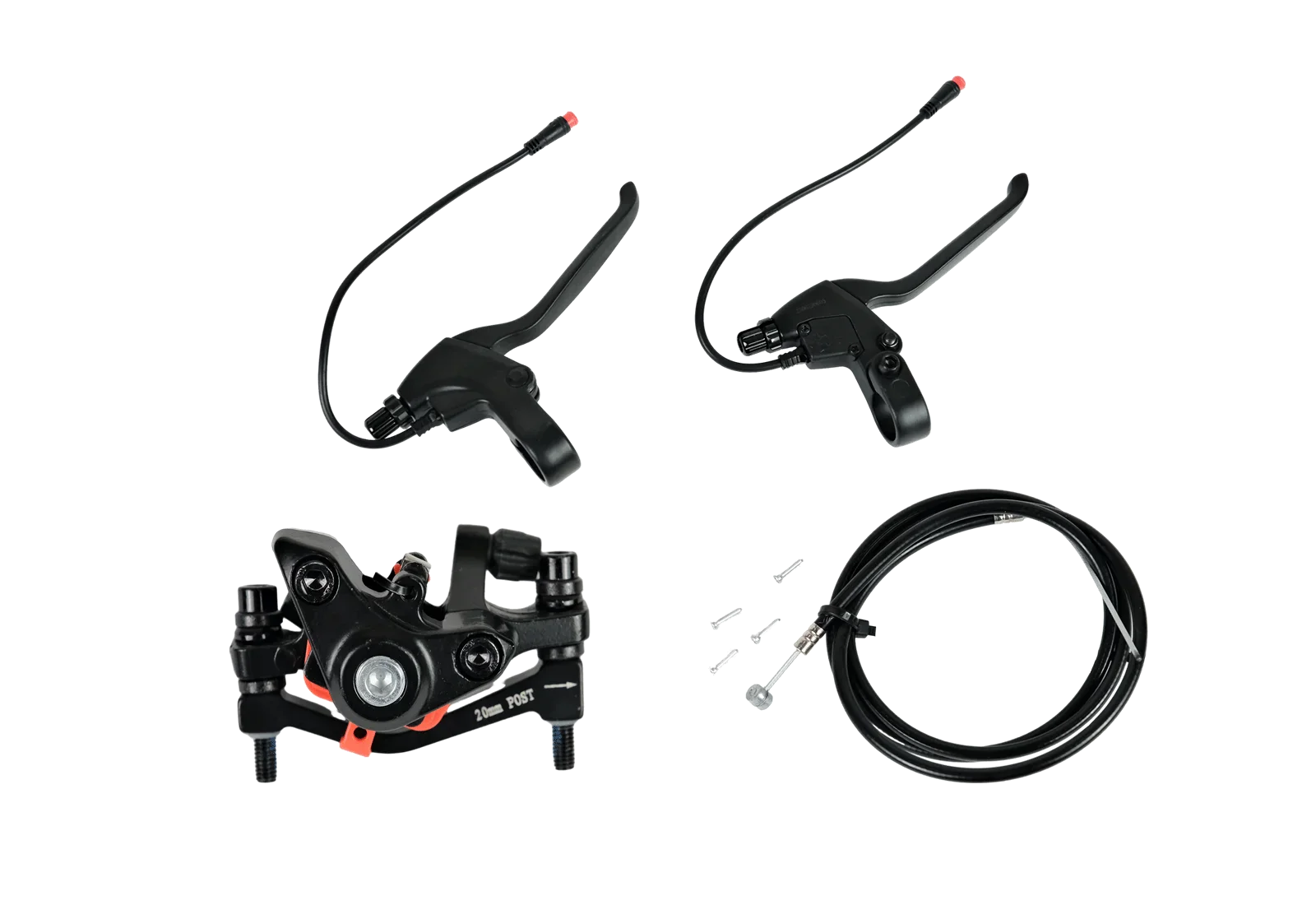


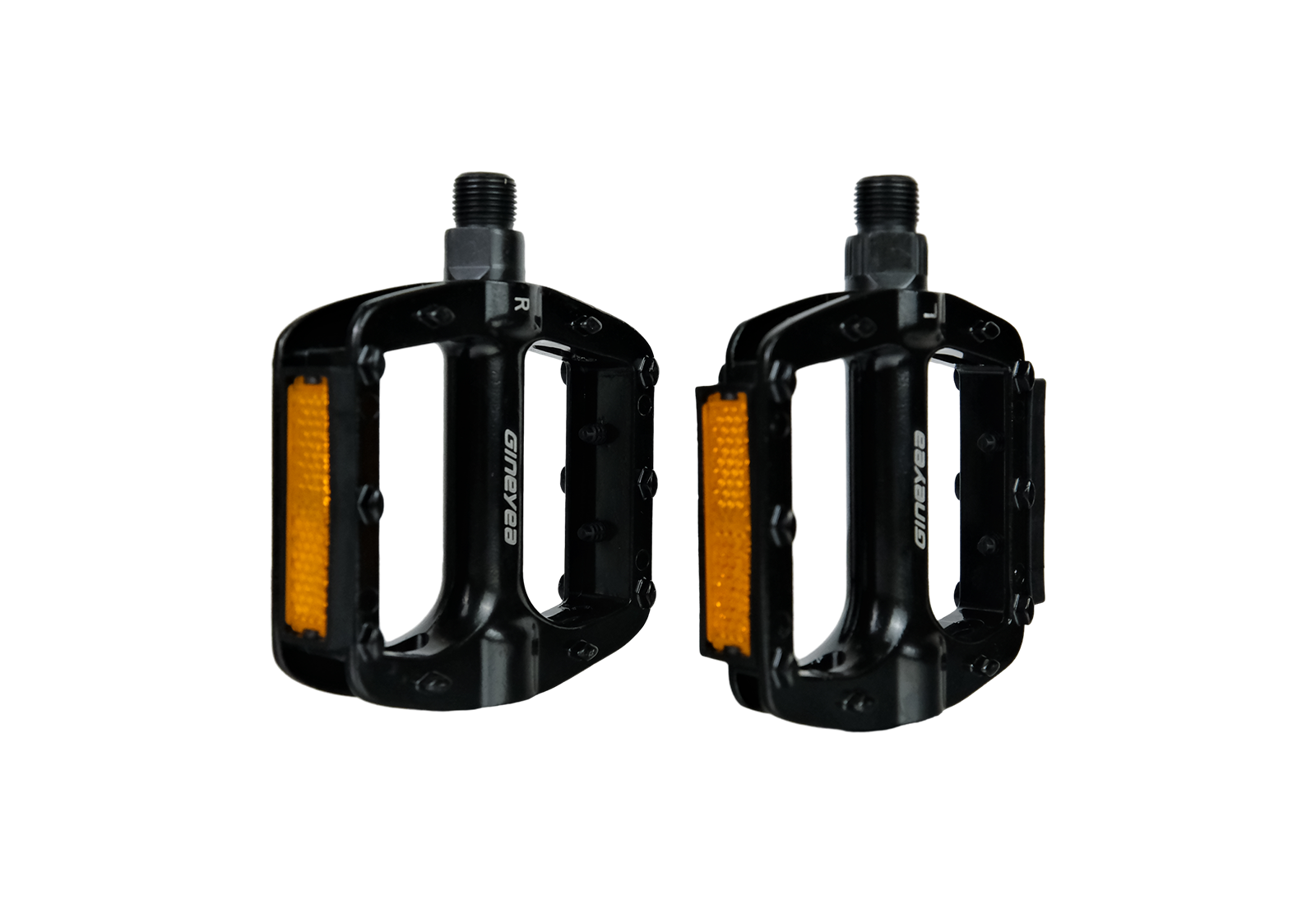
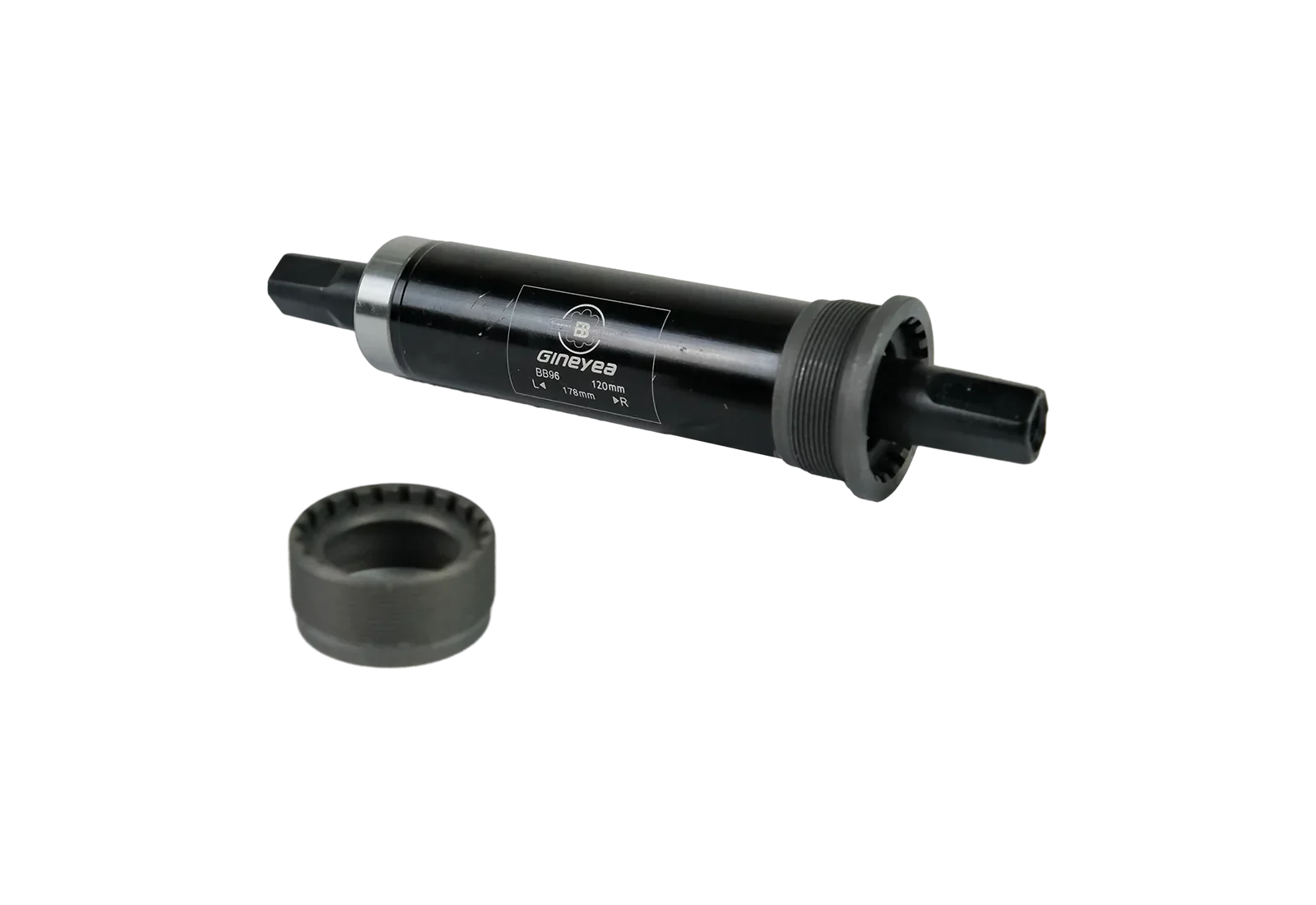


1 comment
Colors available on trikes